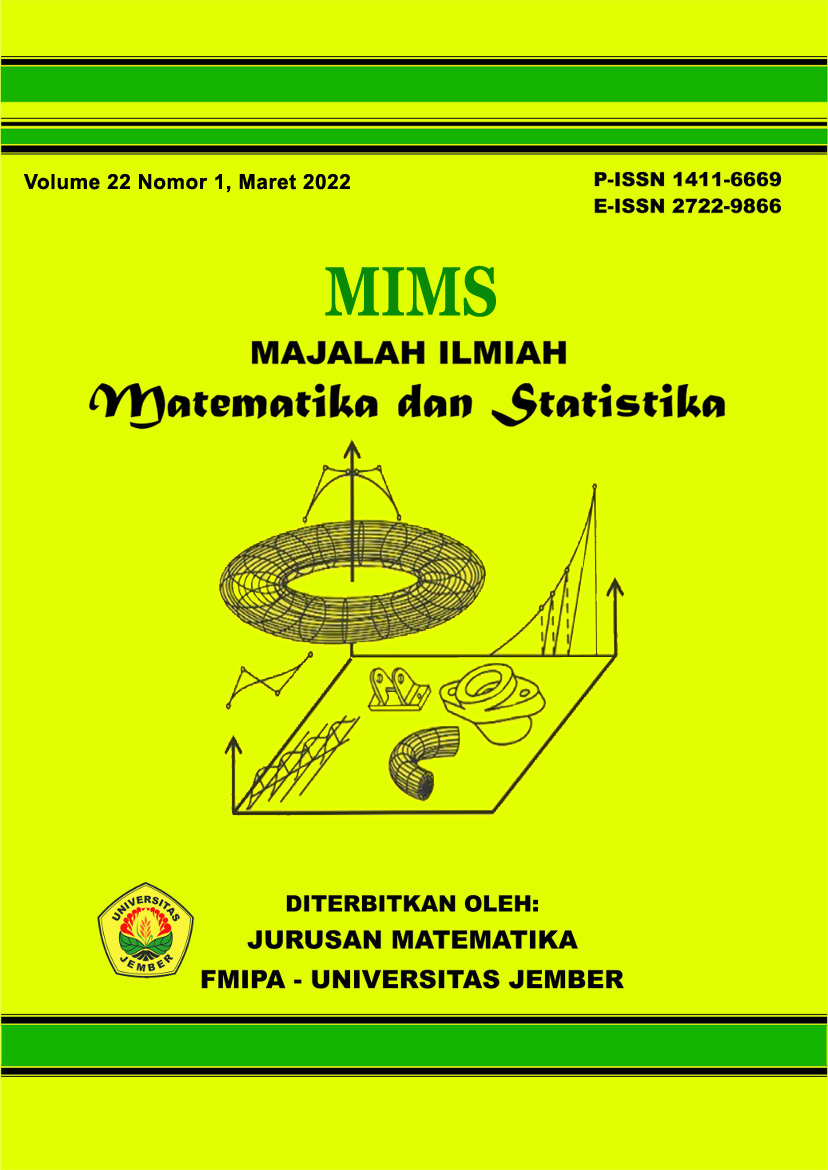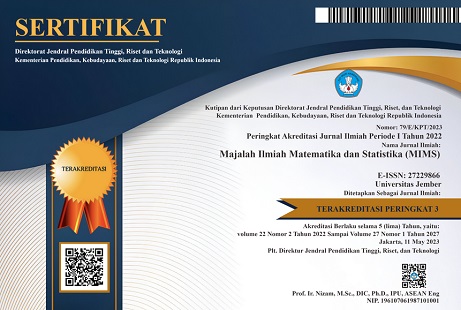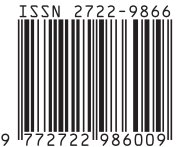MODEL MATEMATIKA TIPE SEIQR PADA PENYEBARAN PENYAKIT DIFTERI
DOI:
https://doi.org/10.19184/mims.v22i1.29337Abstract
The present work discusses a mathematical model of diphtheria transmission. Diphtheria is an infection of the throat and upper respiratory tract that is caused by bacteria called corynebacterium. The model was developed by adding latent population and death parameter resulted from this infection. The purpose of this study was to construct a mathematical model, analyze the stability of the equilibrium point, and interpret the simulation of the SEIQR mathematical model in the trasnsmission of diphteria. From the constructed model, there were bacis reproduction number () and two equilibrium points, namely disease-free and endemic equilibrium point would be stable if and , respectively. Moreover, a nunerical simulation was carried out to determine the dynamics of the diphteria transmission. The simulation results showed that if the rates of vaccinated propotion and individual are increased, the infaction woud grandually go away from the population. In short, diphteria transmission be prevented by increasing the rate of vaccnation.
Keywords: Basic reproduction number, Diphtheria, Equilibrium point, Mathematical model, Numerical simulation
MSC2020: 37A99, 37A10, 37C10








